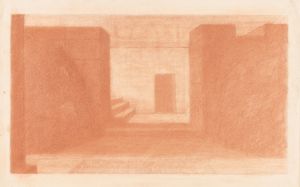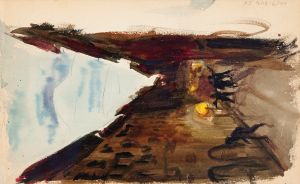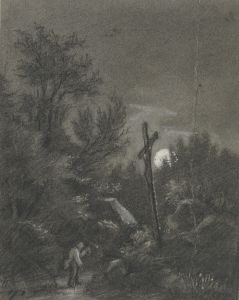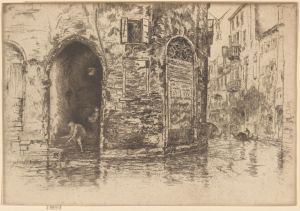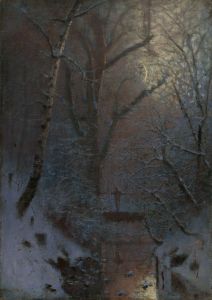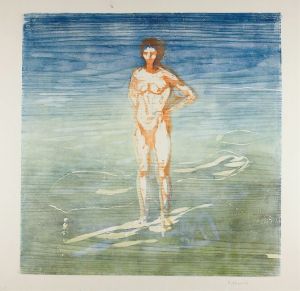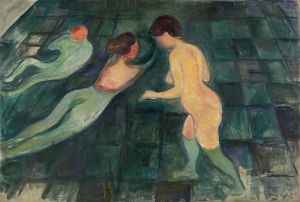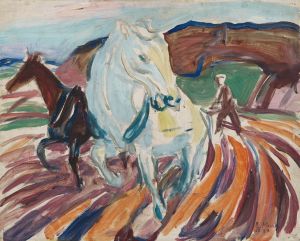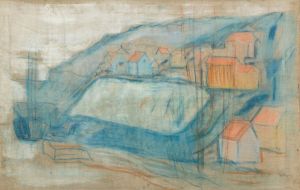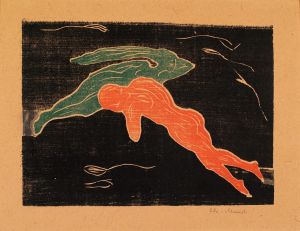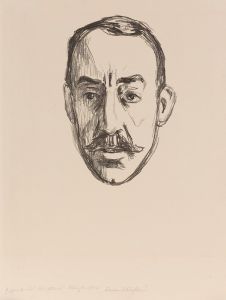
Woman Standing in the Doorway
A hand-painted replica of Edvard Munch’s masterpiece Woman Standing in the Doorway, meticulously crafted by professional artists to capture the true essence of the original. Each piece is created with museum-quality canvas and rare mineral pigments, carefully painted by experienced artists with delicate brushstrokes and rich, layered colors to perfectly recreate the texture of the original artwork. Unlike machine-printed reproductions, this hand-painted version brings the painting to life, infused with the artist’s emotions and skill in every stroke. Whether for personal collection or home decoration, it instantly elevates the artistic atmosphere of any space.
Edvard Munch's painting Woman Standing in the Doorway is a work by the renowned Norwegian artist, best known for his emotionally charged and symbolically rich compositions. While Munch is widely recognized for his iconic painting The Scream, his broader body of work explores themes of love, anxiety, and the human condition, often through evocative depictions of figures and landscapes.
Woman Standing in the Doorway portrays a solitary female figure positioned in a doorway, a recurring motif in Munch's art. Doorways and thresholds often symbolize transitions, boundaries, or moments of introspection in his work. The painting reflects Munch's characteristic use of bold colors, expressive brushstrokes, and a focus on psychological depth. The figure's posture and the surrounding environment suggest a moment of contemplation or emotional tension, though the exact narrative or context remains open to interpretation.
The painting is believed to have been created during a period when Munch was deeply engaged with Symbolism and exploring the interplay between human emotions and their surroundings. His works from this era often depict individuals in isolated or introspective states, emphasizing the inner emotional world over external realism.
As with many of Munch's works, Woman Standing in the Doorway demonstrates his innovative approach to composition and his ability to evoke mood and atmosphere. The painting's use of light and shadow, as well as its focus on the figure's relationship to the architectural space, highlights Munch's interest in the psychological resonance of everyday scenes.
Details about the specific year of creation, the painting's dimensions, and its current location are not widely documented. However, it is consistent with Munch's broader artistic themes and techniques, which have left a lasting impact on modern art.
If additional information about the painting becomes available, it may provide further insights into its historical context and significance within Munch's oeuvre.






